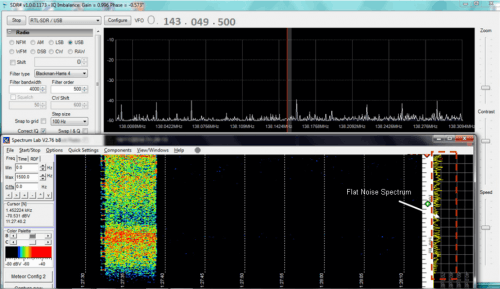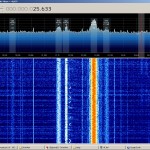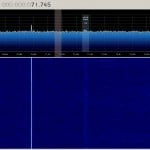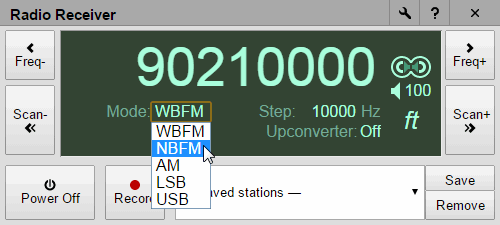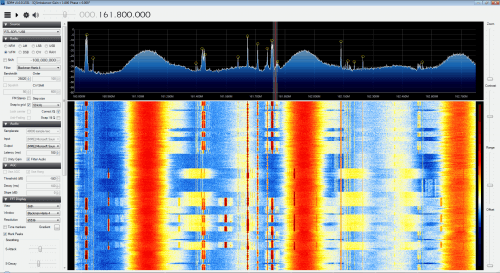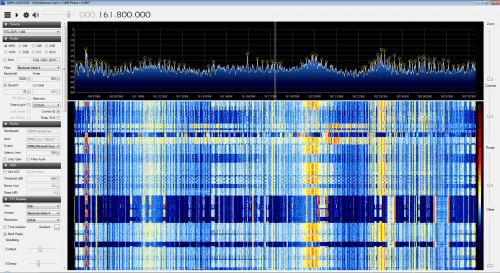Techniques for using the RTL Dongle for Detecting Meteors
Back in 2013 we posted about a Dr. David Morgan who had written a tutorial paper discussing how he used the Funcube Dongle Pro+ for radio astronomy. Recently Dr Morgan has also written another paper showing how to use the RTL-SDR together with the Spectrum Lab software to detect meteors.
A software defined radio can be used to detect and count meteors entering the earth’s atmosphere by detecting strong radio waves reflected by ionized trails left by the meteor. If you are unfamiliar with how to detect meteors using radio waves, you should consult Dr Morgans older papers called Detection of Meteors by RADAR, Meteor Radar SDR Receiver (Funcube Dongle), and Antennas for Meteor Scatter. The tutorial shows how to set up SDR# and Spectrum Lab to work together to detect meteors using the Graves Radar in France at 143.050 MHz.
